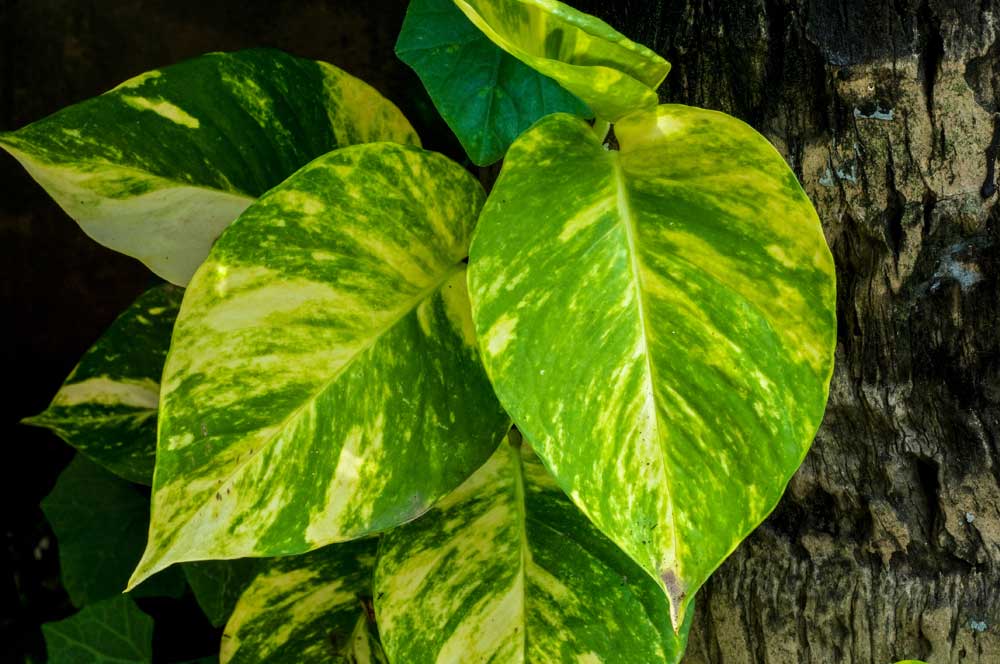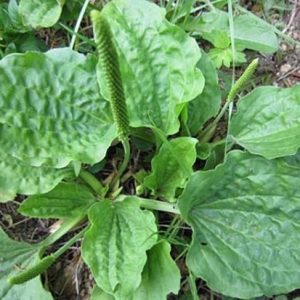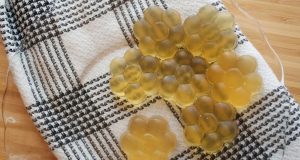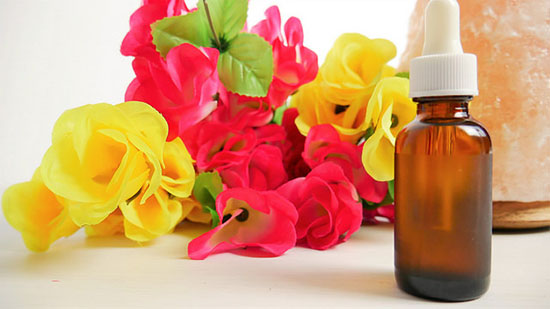According to a study conducted by Central Pollution Control Board in New Delhi-India, who tried and tested these plants for 15 years at Paharpur Business Centre and Software Technology Incubator Park, incidence of eye irritation was reduced by 52%, respiratory symptoms went down by 34%, headaches by 24%, lung impairment by 12%, and asthma by 9%. Their study found that there is a 42% probability of increasing blood oxygen by 1% if one is inside the test building for 10 hours.

Living Room Plant
The Areca Palm (Chrysalidocarpus lutescens or Dypsis lutescens), also called the yellow butterfly palm, bamboo palm and golden cane palm, is one of the easiest palm trees to grow indoors. It’s relatively disease-free and topped a NASA study of the 10 best air purifying plants. This palm tree, with its long, graceful feather-shaped fronds, will add a tropical feel to your home and is especially well suited for screened patios and atriums.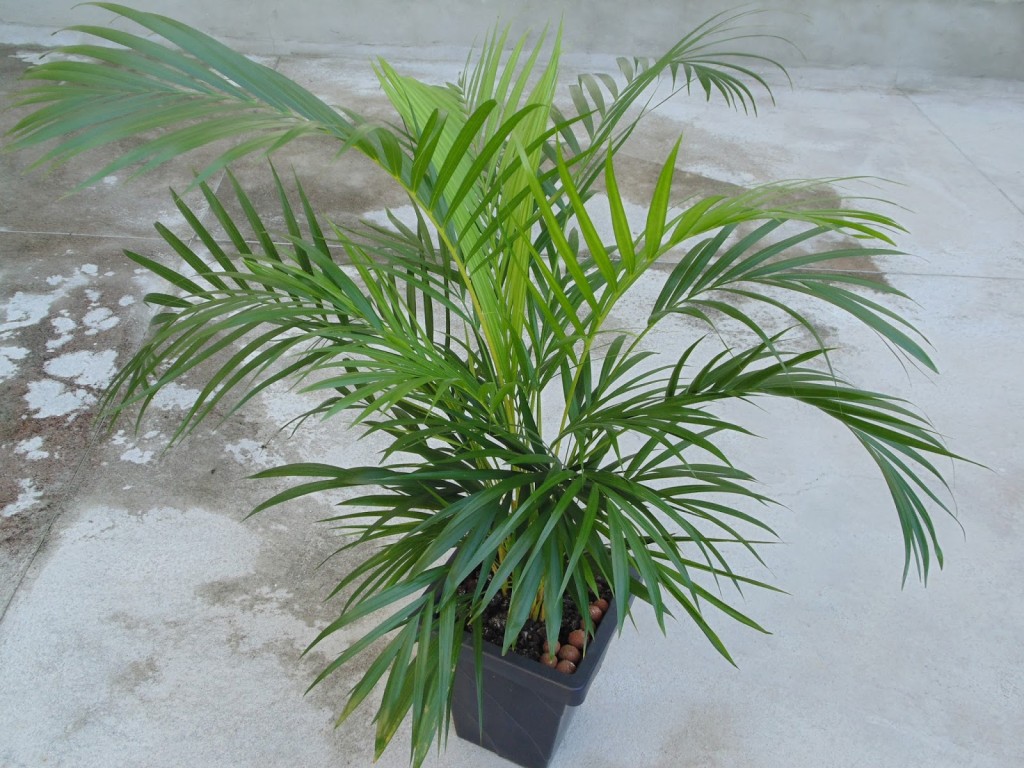
- Works well in the day time
- Great for living areas
- One needs about 4 shoulder high plants/person
- Needs to be put outdoors once every 3-4 months
- The leaves of the plant need to be wiped everyday in Delhi and perhaps once a month in a cleaner city
- The soil used should be of vermi manure or use hydroponics
- Leaves that turn yellow may mean a soil that has an overly high pH or a deficiency of potassium
- Carefull with overwatering or allowing the pots to remain in standing water
The bedroom plant
Mother-in-law’s Tongue (Sansevieria trifasciata) is a common ornamental plant, for a few very good reasons. Like all easyhouseplants, it thrives on neglect. Low light and infrequent, irregular, waterings serve this plant well, which is great for those who want the tropical look, without the bright light and humidity to support it. Many people who have grownSansevieria for years have never seen it flower because they are ‘too good’ to it.
- Converts CO2 into O2 at night
- One requires about 6-8 such waist high plants per person in the bedroom
- Leaves need to be wiped in the same way as the Areca Palm
- The soil used should be of vermi manure or use hydroponics
The specialist plant
Photo: Joydeep / Wikimedia Commons /
Money Plant (Epipremnum aureum) also known as Golden Pothos, Devil’s Ivy, Money Plant, Silver Vine, and many others.This plant is a native of Australia, Indonesia, China, Japan and India. Despite its already wide natural range, it has been imported to locations all over the globe. Although it does wonderfully as a house plant, growing it outdoors is illegal in some states, as it has been declared an invasive species.Every part of this plant is poisonous to domestic animals and pets of all kinds, as well as to humans. Avoid having this plant in your home if you have pets or small children.
- Excellent for removing Formaldehyde and other VOC’s
- Best grown using hydroponics


